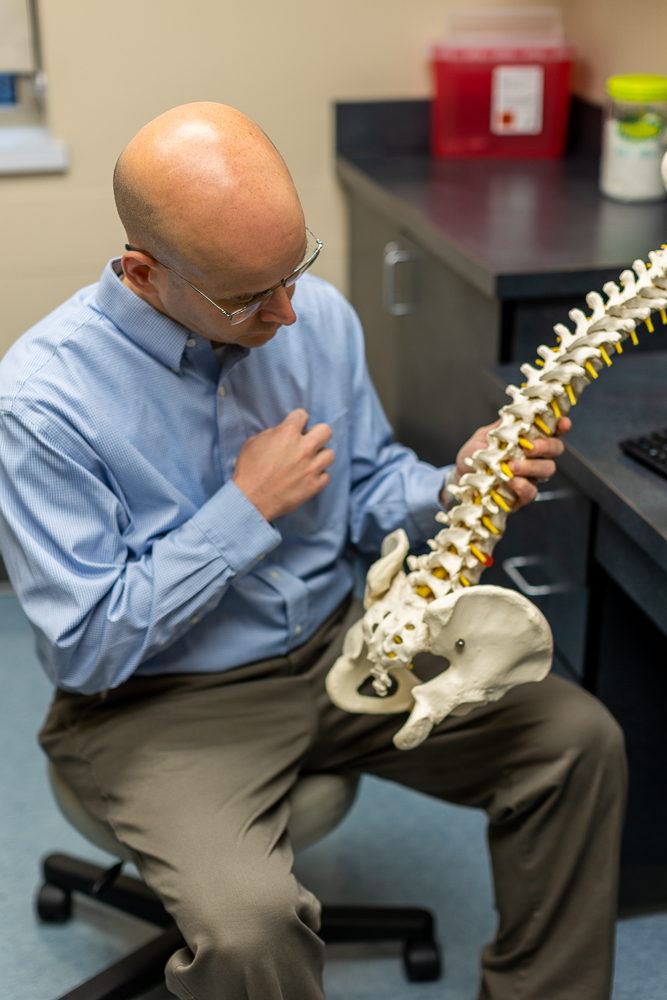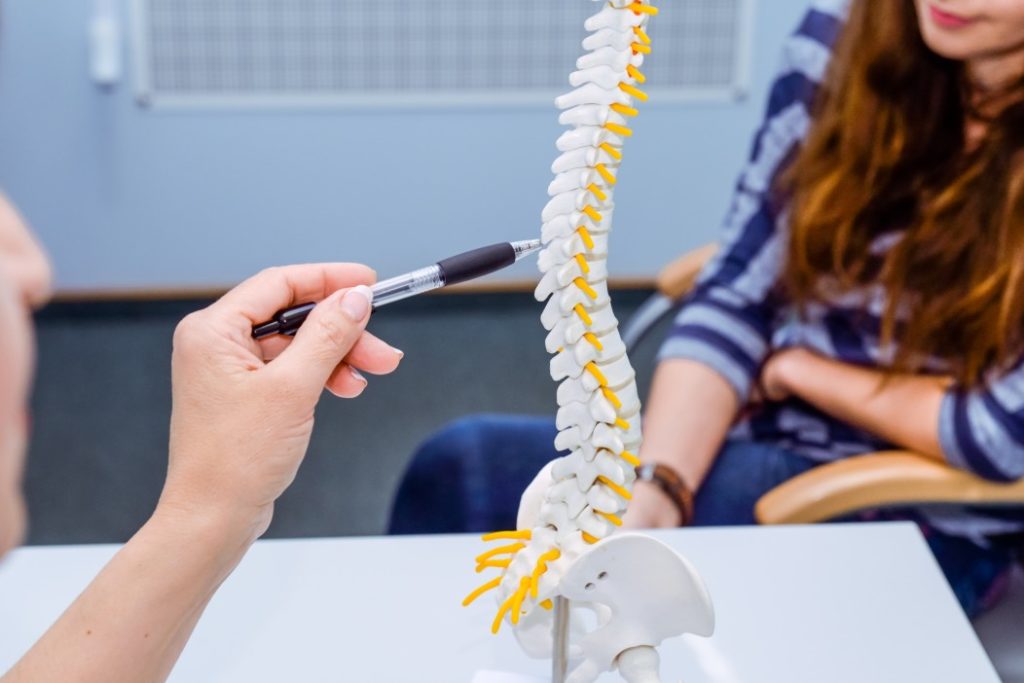 Total ankle replacement, also called total ankle arthroplasty, is a surgical procedure that replaces damaged bone and cartilage in the ankle. As an orthopedic surgeon with subspecialization in diagnosing and treating foot and ankle conditions, I perform total ankle replacements regularly. It is becoming an increasingly common procedure across the country.
Total ankle replacement, also called total ankle arthroplasty, is a surgical procedure that replaces damaged bone and cartilage in the ankle. As an orthopedic surgeon with subspecialization in diagnosing and treating foot and ankle conditions, I perform total ankle replacements regularly. It is becoming an increasingly common procedure across the country.
However, many people are not familiar with the benefits of total ankle replacement and what to expect from the procedure. Some of the most common questions patients ask me about ankle replacement include:
Do I need a total ankle replacement?
Total ankle replacement could be an option if you have ankle pain and decreased motion caused by arthritis (e.g., rheumatoid arthritis, osteoarthritis). Patients with normal body weight but who are not very active are often good candidates for the procedure.
Having said that, I tell my patients it’s important to try conservative treatment options first because sometimes they work tremendously well. I typically recommend exhausting these options before determining if total ankle replacement is right for any patient.
What are the benefits of total ankle replacement?
The benefits of total ankle replacement include:
- Pain relief
- Reduced pressure on the adjacent joints in the ankle
- Good range of motion. In this regard, total ankle replacement offers an advantage over ankle fusion surgery, or ankle arthrodesis, which limits movement in the ankle.
What does ankle replacement surgery involve?
During the procedure, I remove the damaged bone and cartilage, and I use metal and plastic parts to repair the ankle joint, essentially recreating the joint.
What can I expect in terms of recovery from total ankle replacement?
Total ankle replacement is an inpatient procedure, so you can expect at least one overnight stay in the hospital. Your ankle will need to remain still and elevated for a while after surgery, so I put patients in a cast for about three weeks to let the new joint heal in place. But I’m big on getting up and around as soon as possible and accelerating rehab because I really want the patient moving. So if healing has progressed properly at three weeks, I’ll put the patient in a boot to begin improving range of motion and prevent stiffness. (See my related blog for tips on optimizing recovery after total ankle replacement.)
How long does the ankle replacement last?
The prognosis for total ankle replacement is good, but it’s difficult to predict how long the replacement will last. The repaired ankle is not meant to withstand excessive wear and tear, so patients who are very active – especially in high-impact activities like running – may not be good candidates for the procedure.
Learn more in my video below, or make an appointment by calling 913-319-7600 to discuss whether total ankle replacement may be a good treatment option for you.
 About the Author: James Halloran, M.D. is a board-certified and fellowship-trained orthopedic surgeon whose primary clinical interest focuses on diagnosis and treatment of conditions involving the knee, ankle, and foot. Dr. Halloran completed fellowship training in both sports medicine and foot/ankle surgery.
About the Author: James Halloran, M.D. is a board-certified and fellowship-trained orthopedic surgeon whose primary clinical interest focuses on diagnosis and treatment of conditions involving the knee, ankle, and foot. Dr. Halloran completed fellowship training in both sports medicine and foot/ankle surgery.
***
The medical information contained in the Dickson-Diveley Orthopaedics website is provided to increase your knowledge and understanding of orthopedic conditions. This information should not be interpreted as a recommendation for a specific medical or surgical treatment plan. As each patient may have specific symptoms or associated problems, the treatment regimen for a specific patient may not be the proper treatment for another.
Gaining knowledge and understanding of a particular problem or condition is the first step in any medical treatment plan. I believe the information presented on our website will be helpful for those individuals experiencing ankle pain, or other related problems. However, this information is not intended to replace the advice of your family physician. You are encouraged to consult with your physician to discuss any course of treatment presented or suggested.


